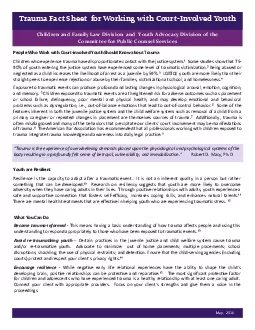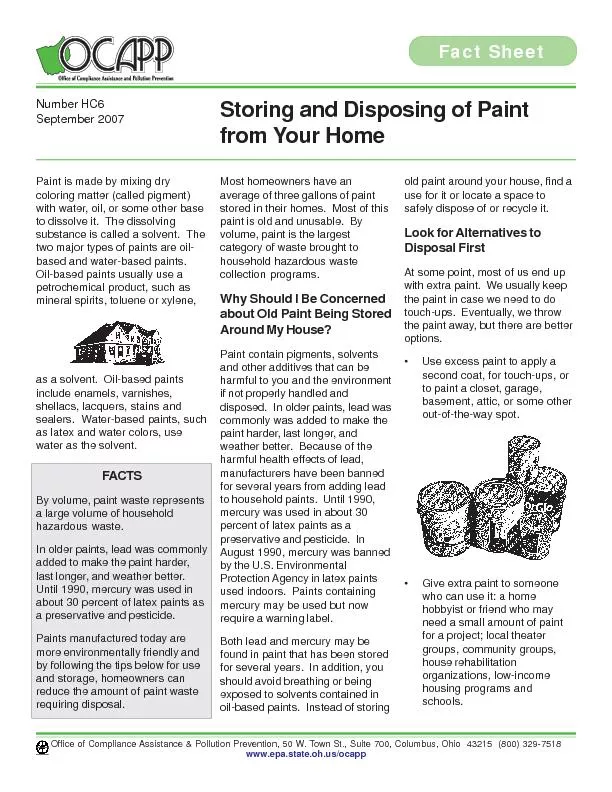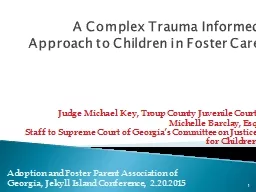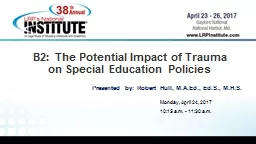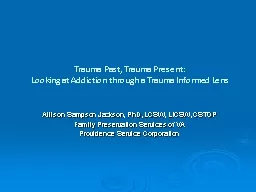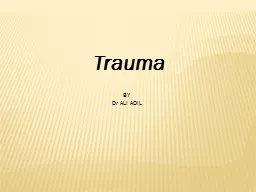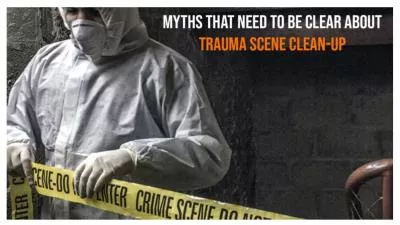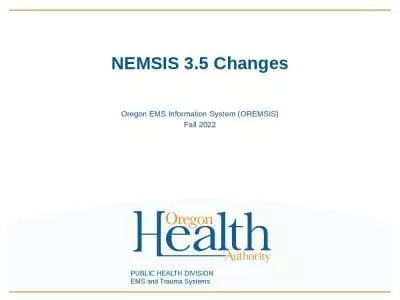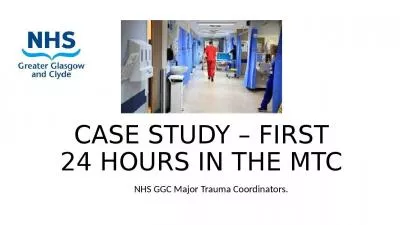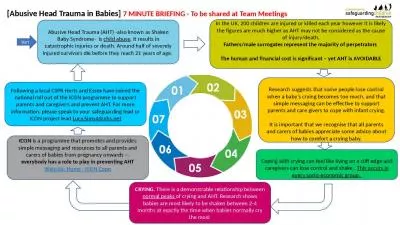PDF-Trauma Fact Sheet for Working with Court
Author : rosemary | Published Date : 2021-09-27
Involved EouthPeople Who Work with Oourtinvolved Youth Should Know about Trauma Ohildren who experience trauma have disproporx00740069onate contact with the jusx00740069ce
Presentation Embed Code
Download Presentation
Download Presentation The PPT/PDF document "Trauma Fact Sheet for Working with Cour..." is the property of its rightful owner. Permission is granted to download and print the materials on this website for personal, non-commercial use only, and to display it on your personal computer provided you do not modify the materials and that you retain all copyright notices contained in the materials. By downloading content from our website, you accept the terms of this agreement.
Trauma Fact Sheet for Working with Court: Transcript
Download Rules Of Document
"Trauma Fact Sheet for Working with Court"The content belongs to its owner. You may download and print it for personal use, without modification, and keep all copyright notices. By downloading, you agree to these terms.
Related Documents

